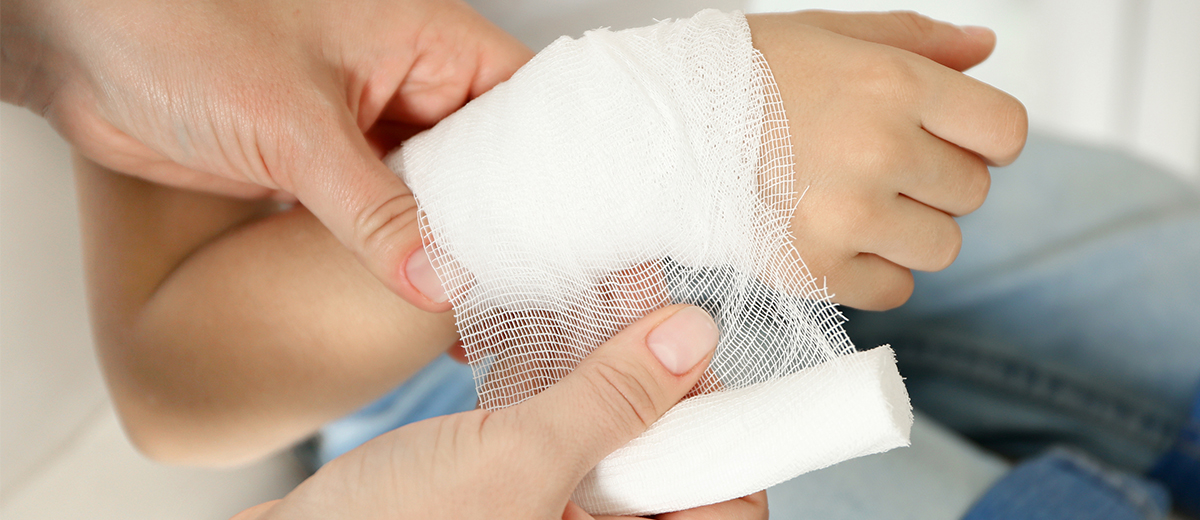As a school nurse, how many sprains and strains have you treated? Probably more than you can count! Sprains and strains are very common injuries with 2.6 million children aged 0 to 19 treated for these kinds of injuries each year.
Since treatment for sprains and strains are the same, it can be hard to remember what makes them different. But it’s important to properly diagnose the injury so the child and his or her parents can monitor it appropriately.
A sprain is a stretched or torn ligament (tissues that connect bones at joints) caused by falling, twisting or being hit. Ankle and wrist sprains are most common, and symptoms include pain, swelling, bruising, and joint immobility. The moment a sprain occurs, a pop or tear may be audible.
A strain is a stretched or torn muscle or tendon (tissues that connect muscle to bone) caused by the twisting or pulling of the tissues. Strains can happen suddenly, or they can develop slowly over time. Back and hamstring strains are most common, and symptoms include pain, muscle spasms, swelling, and difficulty moving the muscle.
If a child visits your office with a strain or sprain, simply wrap the injured area, apply an icepack and give the child’s parent or guardian a call. Ibuprofen can be taken to relieve pain and swelling and you’ll also want to recommend the RICE method:
- Rest the injured area.
- Ice the injury for 20 minutes four to eight times a day.
- Compress the injury using a bandage, cast, boot, or splint.
- Elevate the injured area.
MacGill has all the supplies needed to treat sprains and strains such as elastic bandages and wraps, splints, and cold packs.





